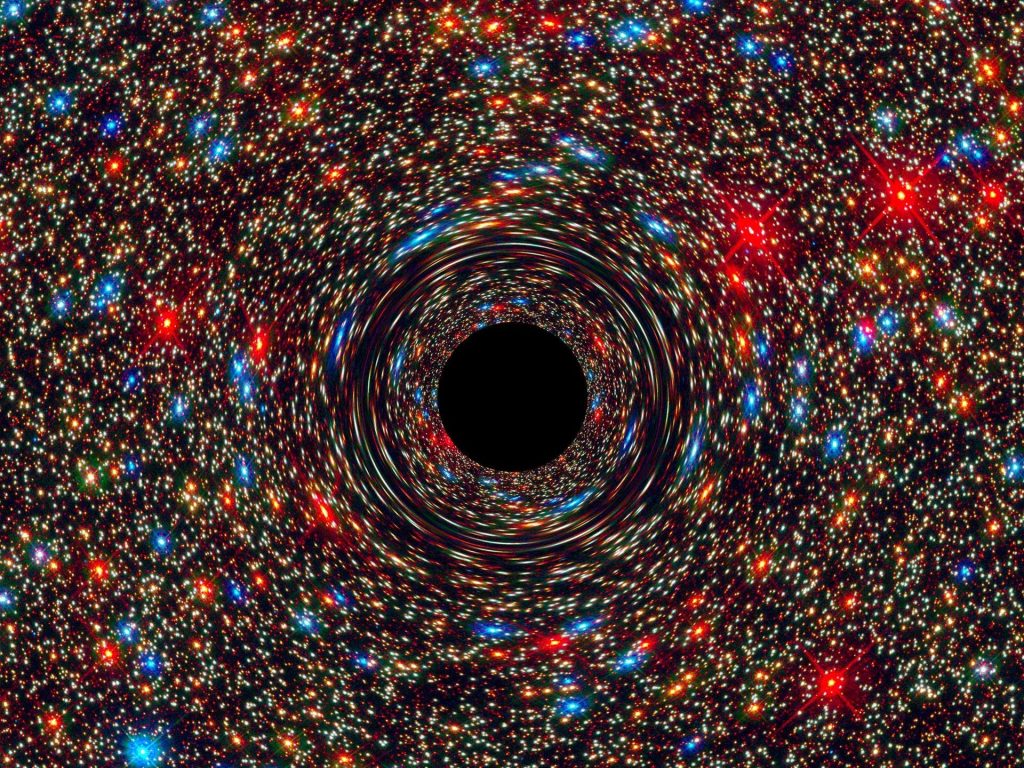- NASA shared the spooky sounds of a black hole emitting waves of pressure that ripple through galaxies.
- The ghostly alien moans and wails are pitched up 57 octaves so that humans can hear them.
- Another version of black-hole sonification translates into beautiful music. Listen to both below.
In the vacuum of space, you can't hear much, but NASA recently revealed that black holes emit noises that sound like ghostly alien moans and wails.
In a post on Monday, NASA's Twitter account for its exoplanet programs shared an audio clip of spooky sounds that come from waves of pressure, which ripple from a black hole through a cluster of galaxies.
Listen to the clip below, where NASA captured the eerie sounds of black-hole pressure rippling through the Perseus galaxy cluster.
"The misconception that there is no sound in space originates because most space is a ~vacuum, providing no way for sound waves to travel. A galaxy cluster has so much gas that we've picked up actual sound," the NASA account tweeted.
The actual sound, however, is out of the human hearing range at 57 octaves below middle C. The Chandra X-ray Observatory captured data from the ripples in the Perseus cluster, visible in X-ray, which corresponded to inaudible sounds. Then NASA scaled the sounds up from their true pitch to something you can hear. That's 144 quadrillion and 288 quadrillion times higher than their original frequency.
NASA originally published the audio clip in May, but the post on Monday triggered an outpouring of new reactions online.
"This is cool — and really, really spooky," CNN anchor Jim Sciutto wrote on Twitter.
A Twitter account for the BlindBoy Podcast said the black hole sounded like "a billion souls being tortured."
Canadian actor Elizabeth Bowen compared it to "that scene in the movie when someone accidentally stumbles upon some sort of satanic cult in the middle of the woods."
"Everyone is talking about how eerie this is but to me the way it just cuts off is by far the creepiest part," astronomy blogger Phil Plait said.
When it first published this clip, NASA also shared a more pleasant sonification of noise data from M87, the black hole that starred in the first black-hole photo released by the Event Horizon Telescope project in 2019.
That music also comes from the Chandra telescope's X-ray data, but it incorporates audio interpretations of optical data from the Hubble Space Telescope and radio waves from the Atacama Large Millimeter Array in Chile. Because that data combination required more creativity than simply scaling up the pitch of an existing sound, NASA made it into beautiful music.
The loudest part of the M87 music corresponds to the brightest part of the image — precisely where the black hole is located.

